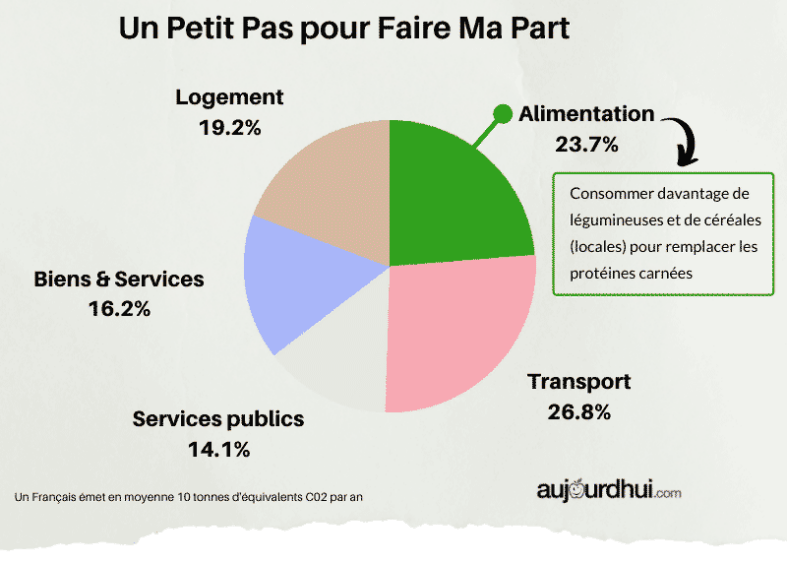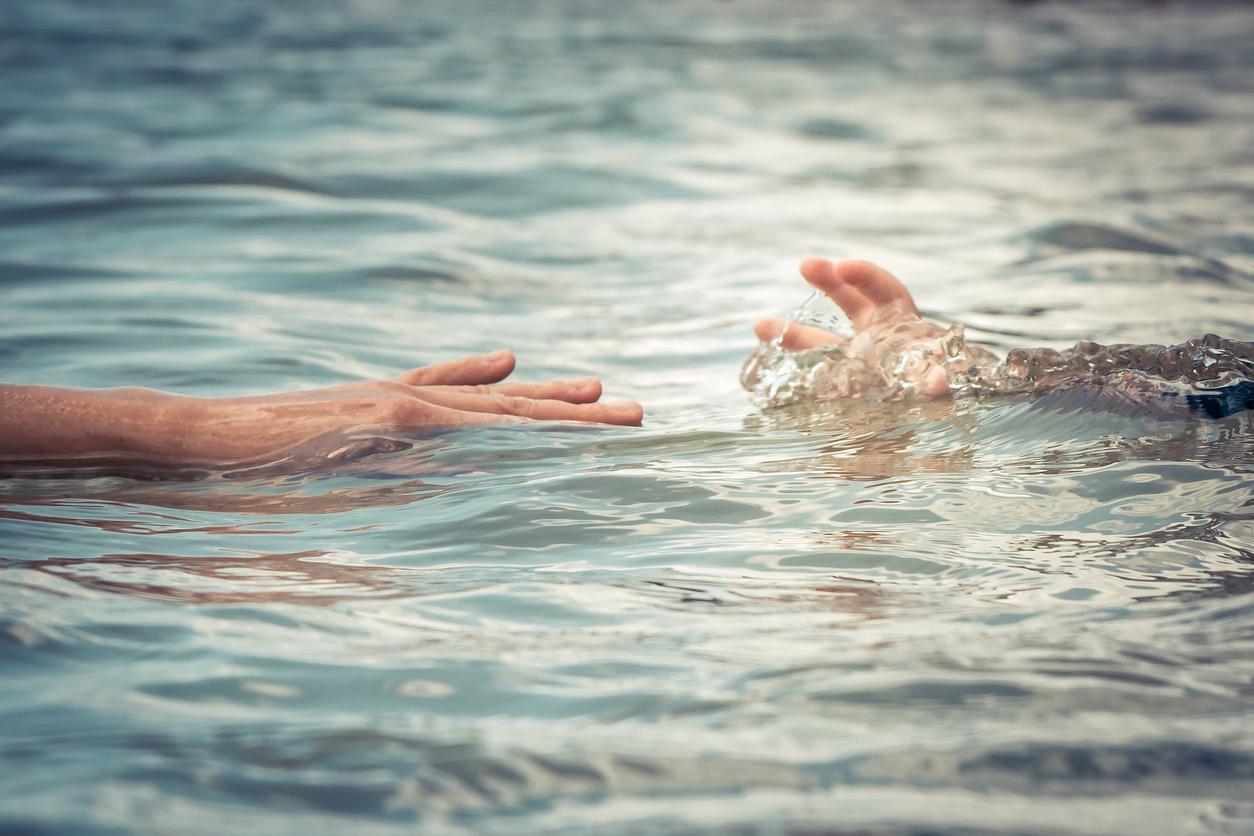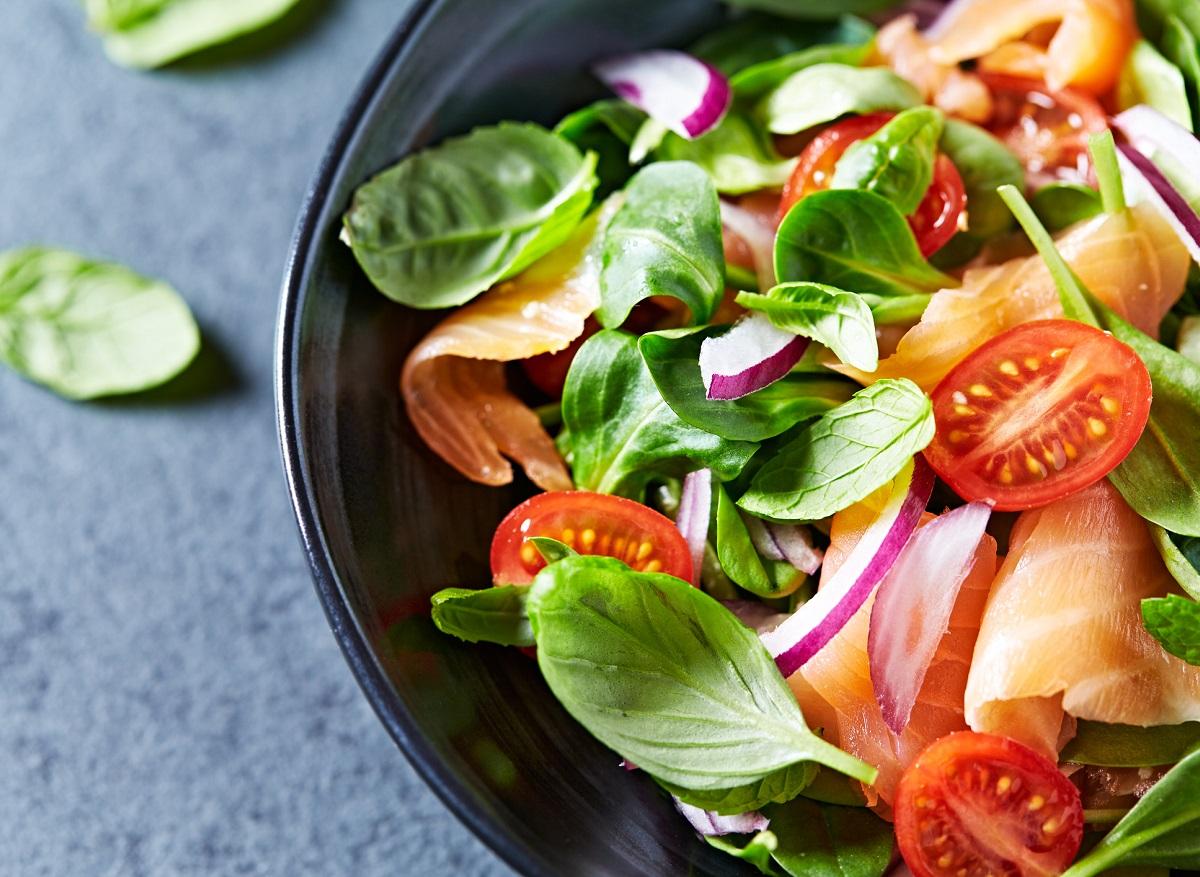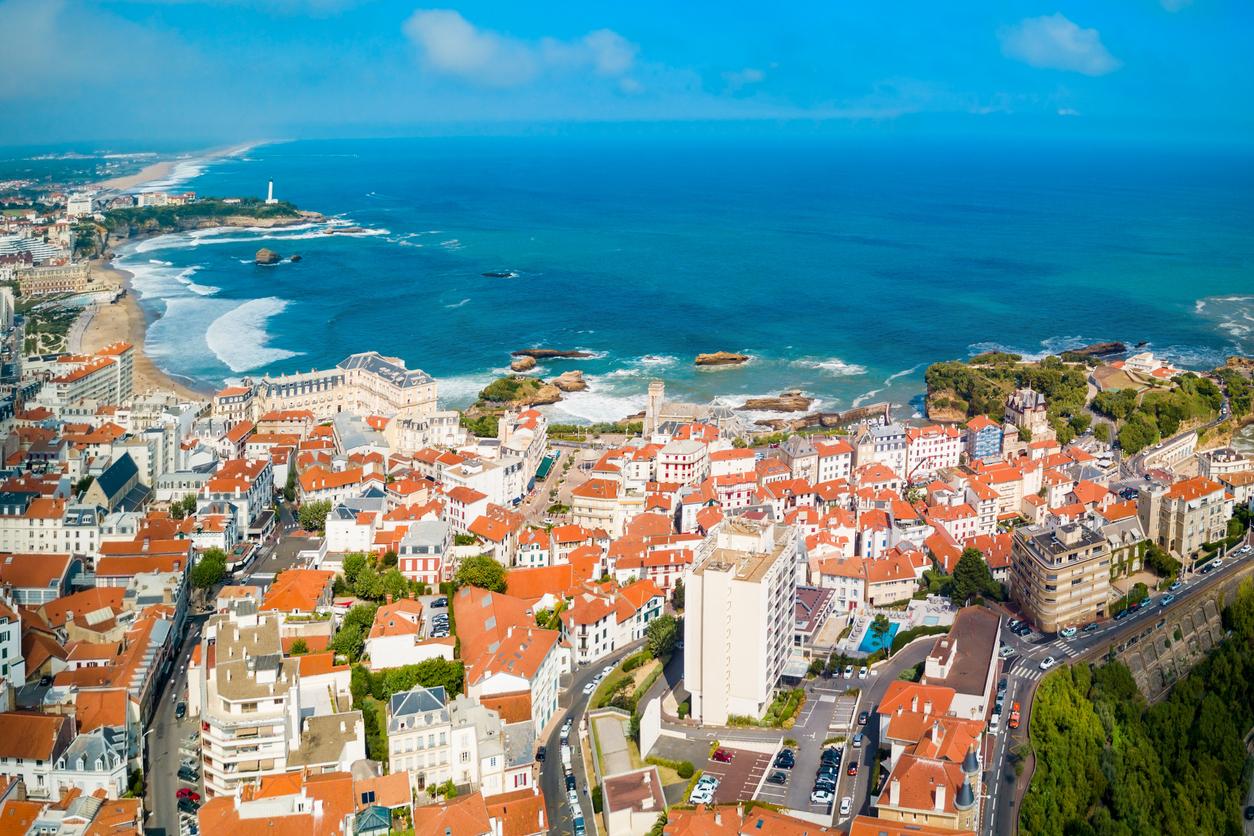Not only the beer brewers have a special winter blend

Because of the always funny jokes about flashing light fluid, spark plug sparks and summer air for the tires, you might expect that winter petrol and summer petrol do not exist at all. It sounds like a fabrication to trick the new apprentice mechanic. Funnily enough, there really is such a thing as winter petrol and summer petrol. The same applies to diesel. You can’t choose whether you take winter or summer toddler, it just comes from the pump. We explain exactly how it works.
What are winter petrol and summer petrol?
According to Dutch law, pumping stations are obliged to supply ‘summer quality’ petrol from 1 May to 30 September. In winter, butane is added to the gasoline. ‘Adding butane is called butanization. Butane is a product released during refining, so is readily available when blending gasoline. Butanization ensures that the gasoline can also evaporate and ignite well in cold conditions’, Erik de Vries of the Netherlands Organization of the Energy Industry told TopGear.
Mixing makes the gasoline predictable
Butanization ensures that the gasoline behaves the same in summer and winter. By mixing, the boiling point of gasoline remains the same in winter and summer. Engine manufacturers use this agreed boiling point to tune combustion engines. ‘In the composition of gasoline, the boiling range (and thus the volatility, boiling points, combustion speed, knock resistance, etc.) must be kept in mind, in order to keep the engine running properly,’ says de Vries.
In the summer they add less butane, because the petrol (and therefore also diesel) would become too volatile at higher outside temperatures. The pellet would then ignite too early (pinging) or evaporate too quickly. With the latter you get something called vapor lock, or vapor lock. Incidentally, the butane also ensures a lower energy density. This is one of the reasons (there are quite a few) why fuel-powered cars run less efficiently in winter.
Winter petrol is different in other countries
De Vries adds: ‘Every country has its own summer and winter quality: you can imagine that the conditions in Scandinavia are different than in Southern Europe. In addition to the technology, winter and summer quality also has to do with environmental requirements. You want to lose as little petrol as possible due to evaporation in the tank and during transport. This is bad for the environment, as well as for the wallet.’















